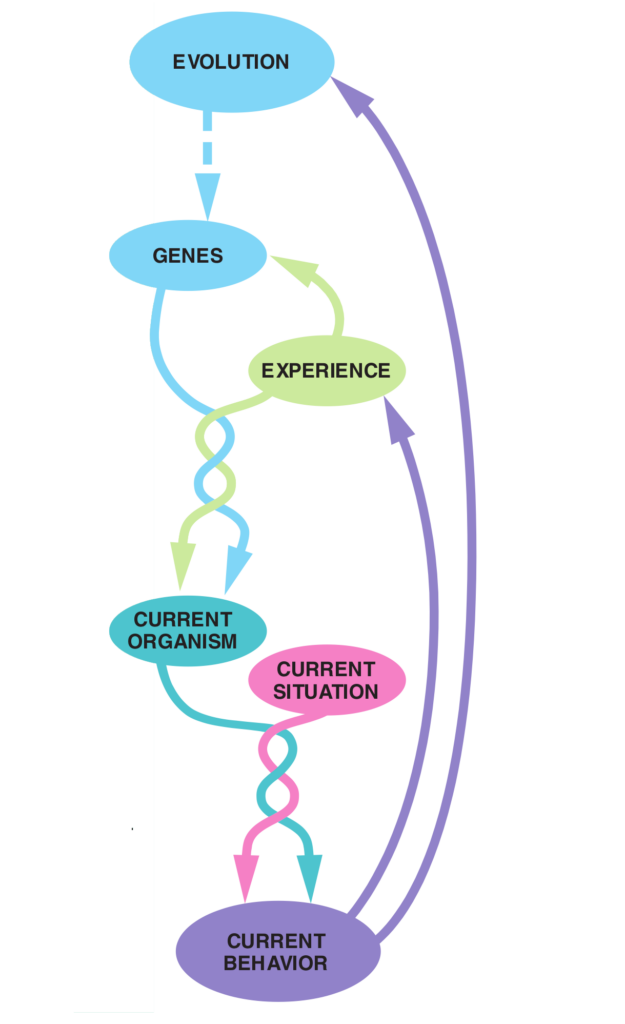Housing Market Dynamics
Housing market dynamics refer to the factors and forces that influence the buying, selling, and pricing of residential properties within a given area. These dynamics are shaped by a variety of economic, social, and demographic factors. Here are some key elements of housing market dynamics:
- Supply and Demand: The balance between the supply of available homes and the demand from potential buyers is a fundamental driver of housing market dynamics. When the supply of homes is low compared to the number of buyers, it often leads to increased competition and rising prices. Conversely, an oversupply of homes can result in decreased prices and a buyer’s market.
- Economic Conditions: The overall health of the economy, including factors such as employment rates, income levels, and interest rates, greatly influences the housing market. During periods of economic growth and low unemployment, there is typically increased demand for housing. Conversely, economic recessions or higher interest rates can dampen demand and slow down the housing market.
- Demographics and Population Trends: Population growth, migration patterns, and demographic shifts play a significant role in housing market dynamics. Changes in the composition of households, such as an aging population or an increase in single-person households, can impact the types of properties in demand and their location preferences.
- Government Policies and Regulations: Government policies, such as zoning regulations, building codes, and tax incentives, can significantly affect the housing market. For example, restrictions on land use can limit the supply of available land for development, while tax incentives for homebuyers can stimulate demand.
- Real Estate Market Cycle: Housing markets often go through cycles of expansion, peak, contraction, and trough, similar to the broader economic cycle. During periods of expansion, demand is high, prices rise, and new construction increases. At the peak, demand may slow down, leading to a decrease in prices. Contraction occurs when the market experiences declining demand and falling prices, eventually reaching a trough before the cycle restarts.
- Regional and Local Factors: Housing market dynamics can vary significantly from one region to another and even within local neighborhoods. Factors such as proximity to amenities, quality of schools, infrastructure development, and neighborhood desirability can impact property values and demand.
It’s important to note that housing market dynamics are complex and can be influenced by numerous additional factors. Local market conditions, such as housing inventory, affordability, and housing policy, can significantly shape the dynamics in a specific area.
There are two important approaches to the Housing Market Dynamics:
- Macro-approach: How to predict and explain the overall Housing Market, structurally and cyclically.
- Micro-approach: How do (or should) people make their housing decisions
